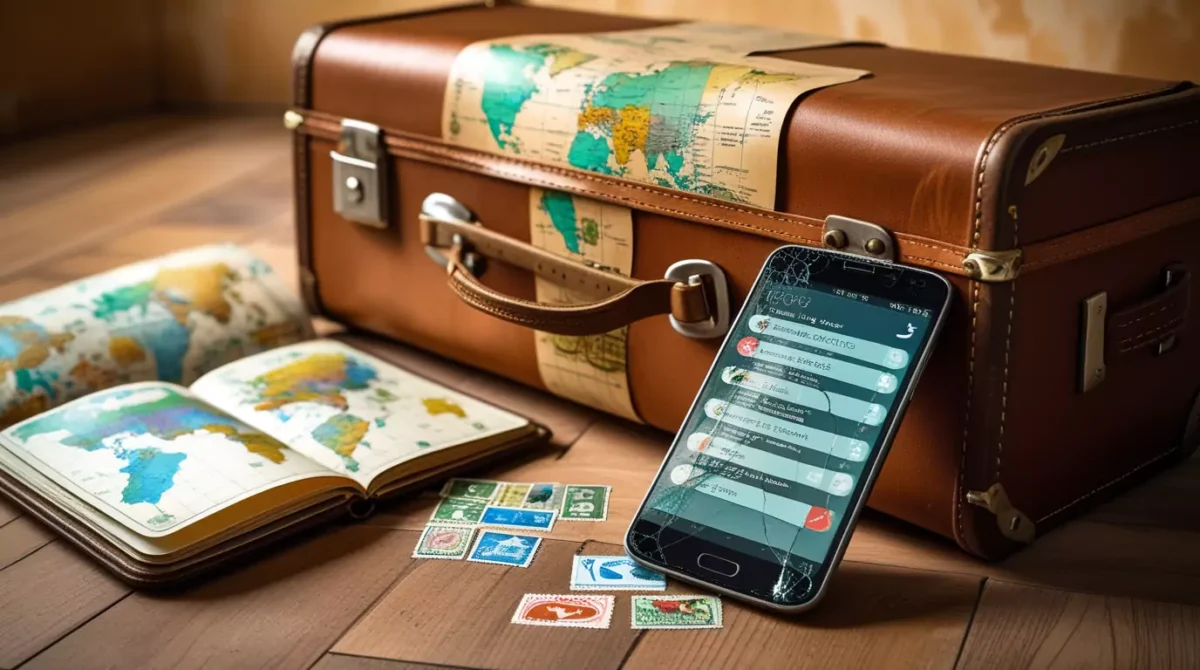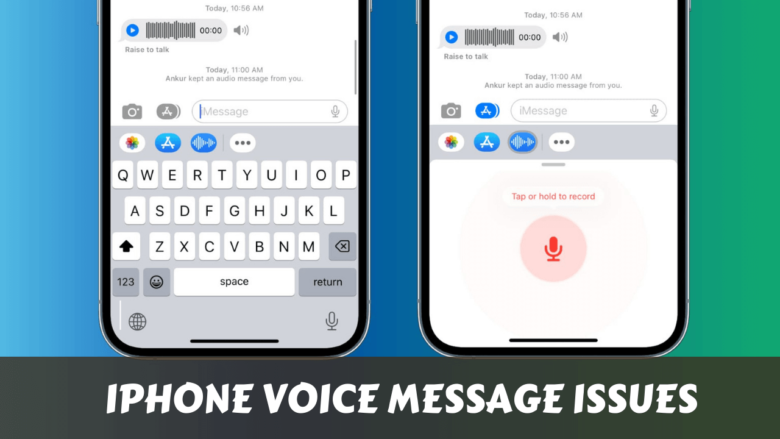How to Keep Your Phone Number When Moving Abroad
Stay Connected, No Matter Where Life Takes You
- How to Keep Your Phone Number When Moving Abroad
- Why Keeping Your Old Number Matters
- Option 1: Port Your Number to a VoIP Service (Like Google Voice)
- Option 2: Transfer Your Number to a Prepaid or Low-Cost Carrier
- Option 3: Use International Roaming (Short-Term Solution)
- Option 4: Use WhatsApp or Telegram Linked to Your Number
- Option 5: Port Your Number to a Virtual Number Provider
- Option 6: Use Dual SIM or eSIM Phones
- Tips to Remember
- Final Thoughts
Are you moving to another country but still want to keep your old phone number? Don’t worry! You don’t need to say goodbye to your number. There are smart and simple ways to keep using the same number – even from far away. In this guide, you’ll learn how to stay connected with friends, family, and important services back home. Let’s get started!
In this detailed guide, we’ll break down your options, step by step, to help you keep your phone number even when you move overseas.
Why Keeping Your Old Number Matters
Keeping your original number isn’t just about convenience – it also saves you from:
- Updating hundreds of contacts
- Missing important bank or OTP messages
- Losing access to WhatsApp, 2FA, or government services
- Confusing clients or customers if you’re a freelancer or remote worker
Now let’s explore the best ways to retain your phone number when moving abroad.
Option 1: Port Your Number to a VoIP Service (Like Google Voice)
Best For: U.S. number holders
If you’re from the U.S., one of the easiest ways to keep your phone number is by porting it to a VoIP (Voice over Internet Protocol) service like Google Voice. This allows you to make and receive calls or texts over Wi-Fi or data, rather than through traditional mobile networks.
How to Do It:
- Unlock your number from your carrier (if required).
- Sign up for Google Voice and initiate the porting process.
- Pay a one-time fee (typically around $20).
- Link your Google Voice account to another active number (if needed).
- Use the Google Voice app or website to manage calls/messages abroad.
🟢 Pros:
- Very low cost
- Works anywhere with internet
- No SIM needed
🔴 Cons:
- Only works for U.S. numbers
- Some services may not accept VoIP numbers for verification
Option 2: Transfer Your Number to a Prepaid or Low-Cost Carrier
Best For: Users who want minimal usage but still receive calls/texts
If you’re not ready to cut ties with your mobile carrier completely, consider switching your number to a prepaid or low-cost plan with minimal charges. This way, your number stays active, and you can use it occasionally for texts and calls.
How to Do It:
- Look for a carrier offering low-cost plans (e.g., $10/month).
- Transfer your number to this new carrier before moving.
- Insert a local SIM abroad for daily use, while keeping your home SIM in a second phone or dual SIM phone.
- Use roaming or online tools to access texts or calls when needed.
🟢 Pros:
- Keeps number active
- Ideal for receiving OTPs or important calls
🔴 Cons:
- Ongoing monthly cost
- Might require dual SIM phone
Option 3: Use International Roaming (Short-Term Solution)
Best For: Temporary stays or short-term travelers
Roaming is convenient – but expensive. If you’re only staying abroad for a few weeks or months, and your main concern is keeping your number active, international roaming might be a simple temporary fix.
How to Do It:
- Activate international roaming with your current carrier.
- Confirm pricing for calls, SMS, and data.
- Use it sparingly – mostly for receiving OTPs or verification messages.
🟢 Pros:
- No number change needed
- No extra apps or steps
🔴 Cons:
- High cost per use
- Unsustainable long-term
Option 4: Use WhatsApp or Telegram Linked to Your Number
Best For: People whose contacts primarily use messaging apps
If you’ve already verified your phone number on apps like WhatsApp, Signal, or Telegram, you can continue using them abroad – even without an active SIM in your phone.
How to Do It:
- Set up your messaging apps before leaving your country.
- Ensure your number is verified in the app.
- Use Wi-Fi or mobile data abroad to continue messaging/calling.
- If you switch phones, keep your old SIM accessible for re-verification (if needed).
🟢 Pros:
- Free
- Popular with friends and family
- Works well abroad
🔴 Cons:
- Not suitable for traditional SMS or voice calls
- Limited for OTPs from banks or government services
Option 5: Port Your Number to a Virtual Number Provider
There are services like NumberBarn, Sonetel, or MySudo that offer virtual numbers, allowing you to park or redirect your calls and messages to your new international number.
How to Do It:
- Check compatibility with your current number.
- Port your number to the virtual service.
- Set call/SMS forwarding rules.
- Pay monthly or yearly subscription fees.
🟢 Pros:
- Works globally
- Professional call forwarding available
- Some allow voicemail & text redirection
🔴 Cons:
- Monthly fees
- Can be complex to set up
Option 6: Use Dual SIM or eSIM Phones
Today’s smartphones increasingly support Dual SIM or eSIM options, letting you use two numbers simultaneously. You can keep your old number active and use a local SIM abroad.
How to Do It:
- Use a Dual SIM phone (physical + eSIM or 2 SIM slots).
- Keep your original SIM in Slot 1.
- Insert your local SIM in Slot 2 or activate an eSIM.
- Turn off data roaming for the original SIM to avoid high fees.
🟢 Pros:
- Convenient for daily use
- Great for managing two numbers
🔴 Cons:
- Requires dual SIM phone
- Battery and signal management may vary
Tips to Remember
- Turn off mobile data for your original SIM to avoid unwanted roaming charges.
- Use Wi-Fi Calling if your carrier and phone support it.
- Inform your contacts to message you on apps like WhatsApp or Telegram for regular communication.
- Set up auto-reply SMS or voicemail informing callers of your new contact number (if applicable).
- Secure your number with 2FA and recovery options before you move abroad.
Final Thoughts
Keeping your phone number while moving abroad is easier than ever with the rise of digital solutions like VoIP, virtual numbers, and eSIMs. Whether you want to maintain connections, access OTPs, or simply avoid the hassle of updating your contacts, there’s a solution that fits your needs and budget.
Choose the method that aligns with how long you’ll be abroad and how you plan to communicate. With the right setup, you’ll never miss a call – even from halfway across the globe.
















